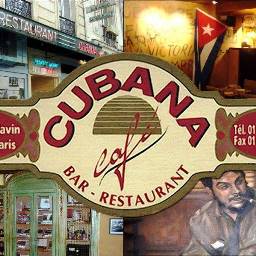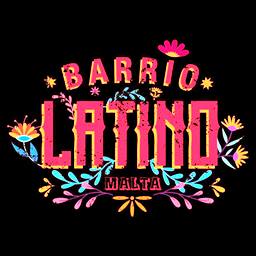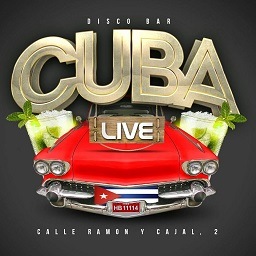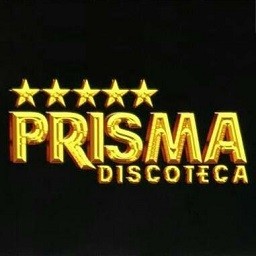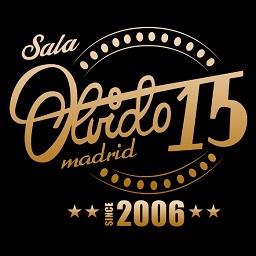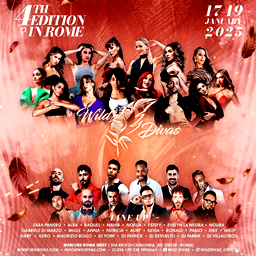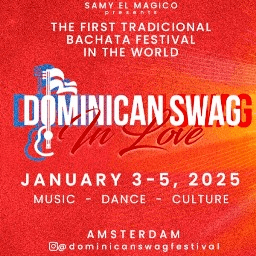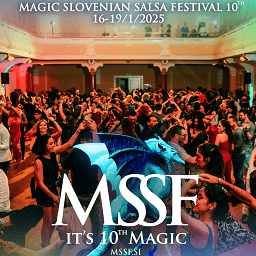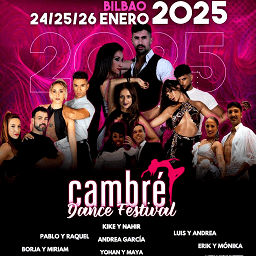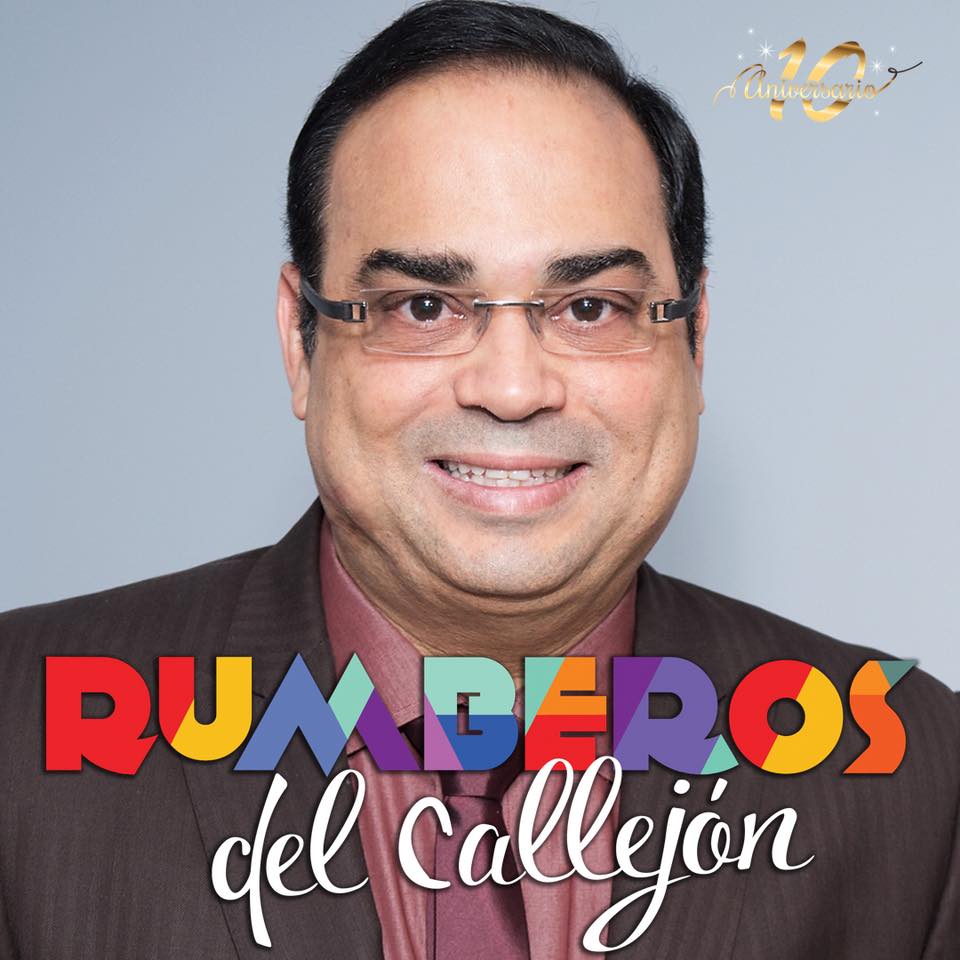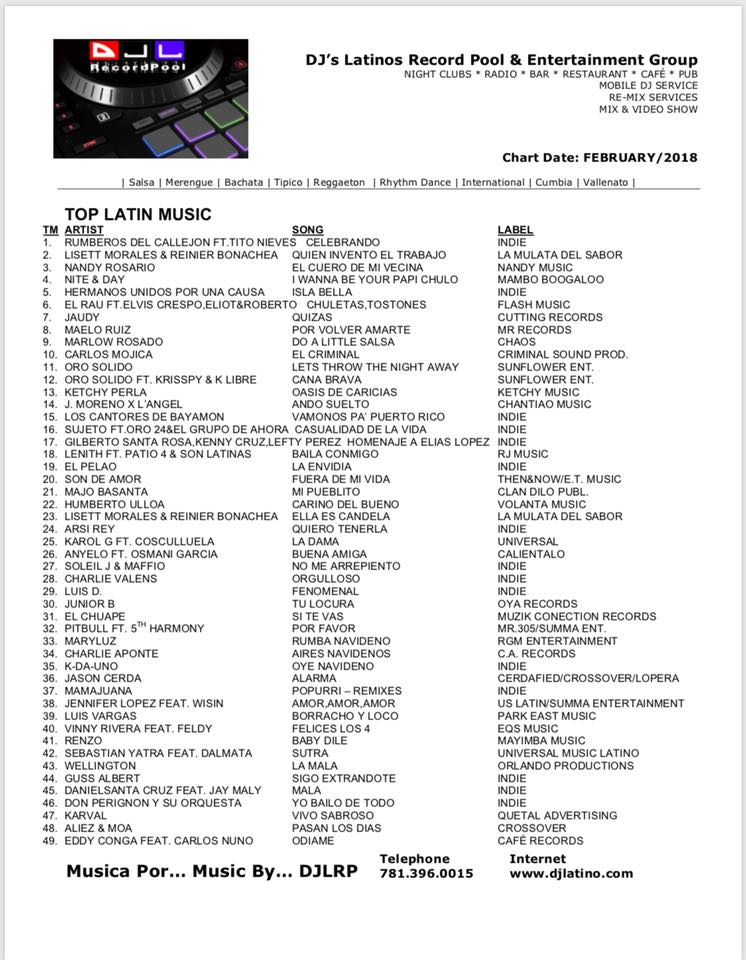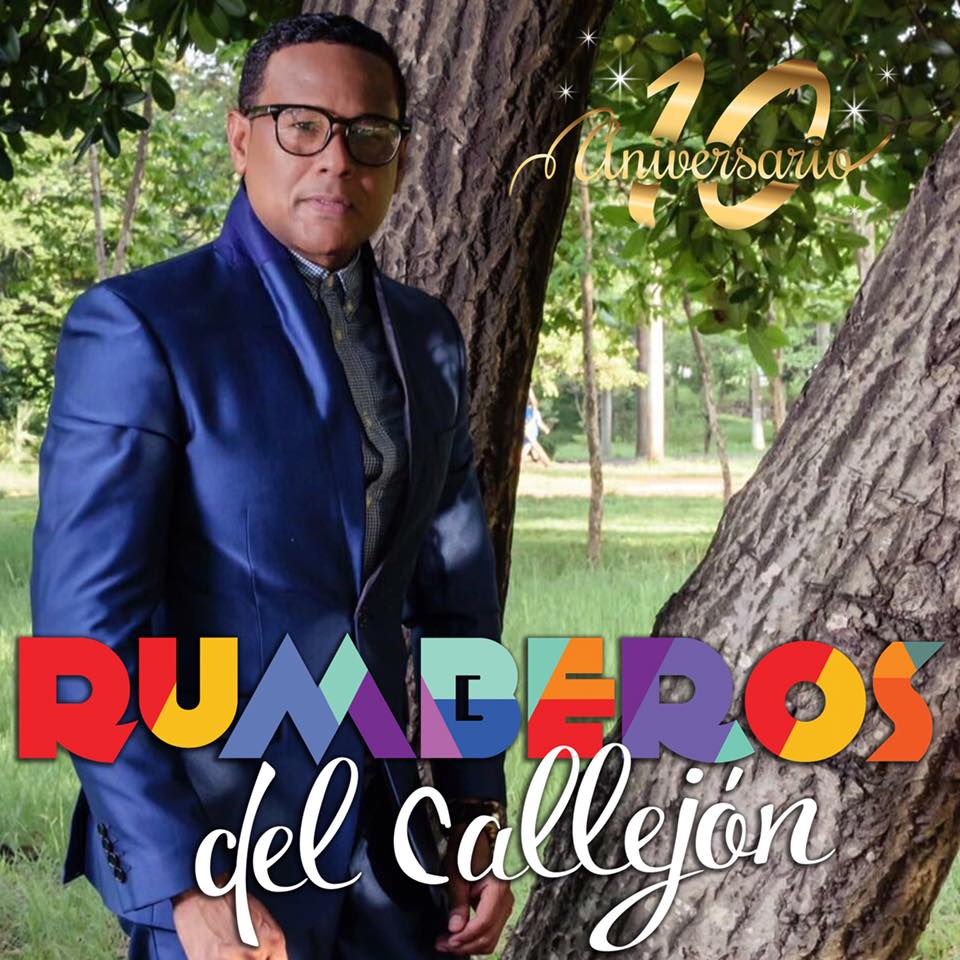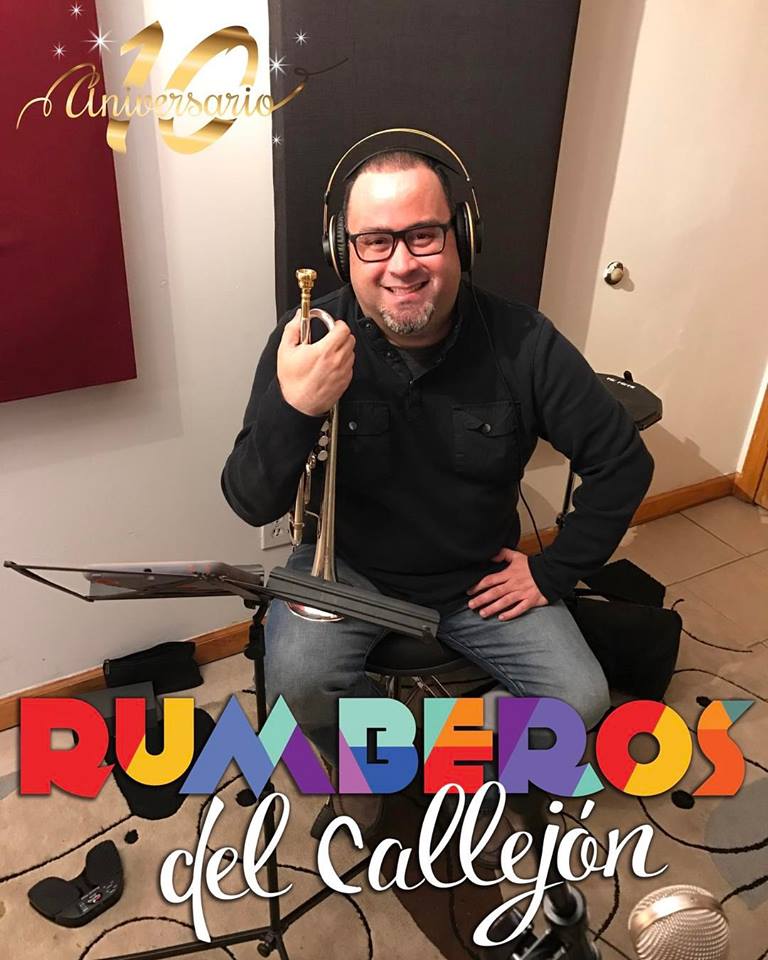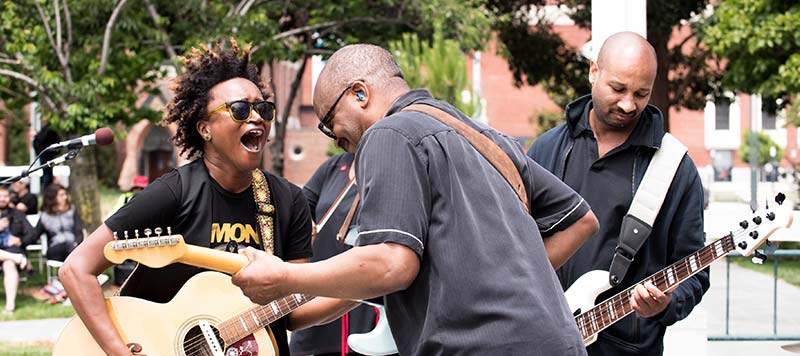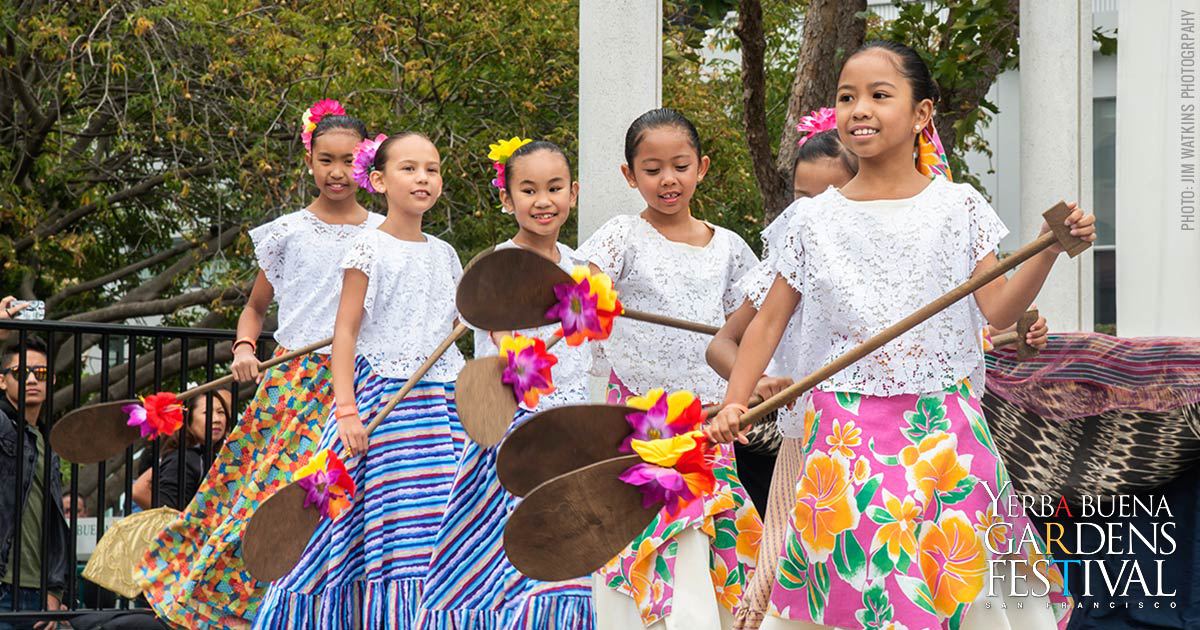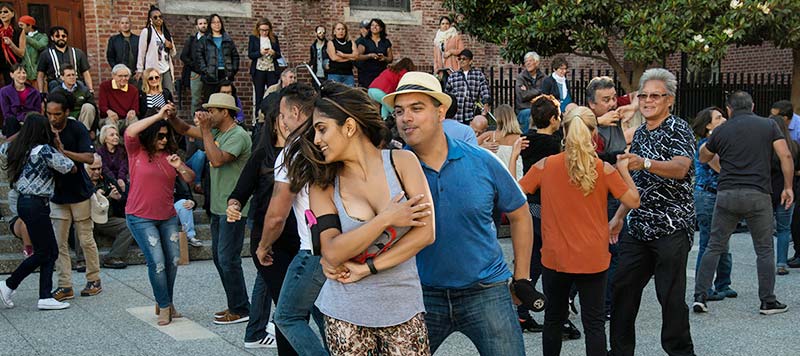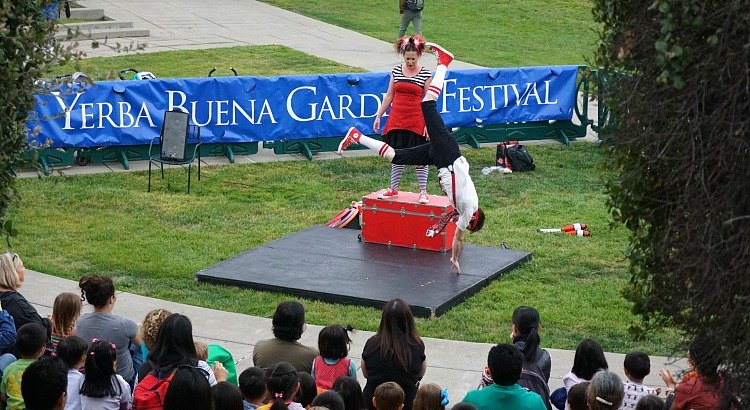Latinoamerica / Venezuela / Caracas
Martial Isturiz. The Versatile Salsa 28 Years In Music

“28 years in Music. It is said easy. Very easy”
But *ALL* that path of dirt and grime that has been walked, is now a flowery field. I thank those who have supported me and those who have not, because they make the perfect balance.
To my brothers in life that I have cultivated in music, old and new.

To my ancestors for bringing the Drum and its color and making me the Negro Congo that I am.
To *my mother*, for life and for giving me love in her own way.
To *my father*, for the seed and the iron upbringing that many young people currently lack. Bad or good, I had it next to me, and that’s more than enough.
To my musical influences, foreign and national, with whom I have largely had the blessing of working with them.

To those who reached out to me at specific moments in life: Tomás, Jimmy, Manuel, the Calatayud García. They are in my heart.
Thanks to music, which saved me from being the best *Pran* in the world. Because my grandfather told me that if he wanted to be the best at something, he’d pigeon him. Whether he was a sweeper, or a bricklayer, or a salesman, but he must be the best.
Thanks to my brothers Ángel and Armando, and to my cousins Manuelito and William, inveterate music lovers, who fed my soul and ears, and opened my brain musically.
To my teachers and brothers of the Latin Dimension, because our anniversary dates coincide, and for allowing me to be One more DIMENSIONER, when they require #Eteketakí. They carry 46 by the chest, today too!
I am not what I am without any of you.

Thanks.
There are 28. And those that are missing, Dad!
#AmberWedding
WATER FOR THE ROOSTERS!

Recommend
#ISM #ISMRecommneds #ISMLovers #Salsa #Dance #Fun #Happy #Love
Dj Augusto Rafael Felibertt I
Asocosalsa Mundial
#InternationalSalsaMagazine
www.salsamundi.com

Tu Programa #PorLaMaceta 101.1 fm
Section
Legends of La Salsa By
International Salsa Magazine
SalsaIsCulture
















